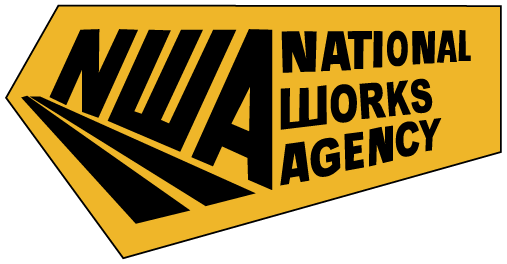
Effective Sunday, May 8, 2022, new traffic arrangements will be implemented at Melrose Hill in Manchester. The changes which will be put in place to facilitate the construction of a bridge, will include the closure of a section of the Melrose Hill Bypass and is scheduled to last for seven months.
Manager of Communication and Customer Services at the National Works Agency (NWA), Stephen Shaw says the works form part of the extension of the East/West Toll Road under the Southern Coastal Highway Improvement Project (SCHIP), which is being implemented by the National Road Operating and Construction Company (NROCC). Mr. Shaw says the project which runs from May Pen, Clarendon to Williamsfield, Manchester will incorporate a section of the existing Melrose Hill Bypass that will be upgraded to four driving lanes.
He says that the NWA and NROCC, along with the main contractor China Harbour Engineering Company (CHEC), have agreed that the partial closure of the main road is necessary to better manage the construction of the bridge.
As a result of the closure, traffic from the direction of Porus, heading towards Williamsfield will continue to use a limited section of the existing Melrose Hill Bypass. Traffic from the direction of Williamsfield towards Porus will be redirected from the round-a-bout at Royal Flat to the Old Melrose roadway. This road has been repaired in order to facilitate the traffic changes. The Old Melrose roadway will continue to facilitate two way traffic, however it will be restricted to trucks and other heavy vehicles from the direction of Porus.
Operators of these vehicles wishing to access the old Melrose Hill road from the direction of Porus will have to travel along the Melrose Bypass, to Williamsfield and back onto the old road, then onto their destination.
Road users who use the Melrose Hill Bypass and its environs are being reminded that the area will be an active construction zone and speed limits should be observed and extreme caution employed. Mr. Shaw says that the NWA and NROCC will continue to assess the impact of the work on traffic and will advise if any other changes are necessary as the work progresses.



